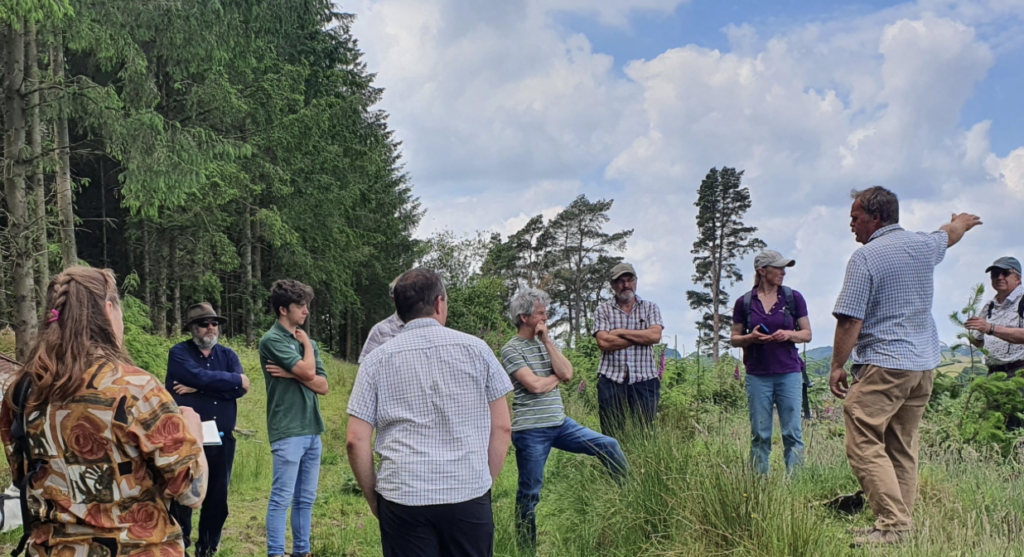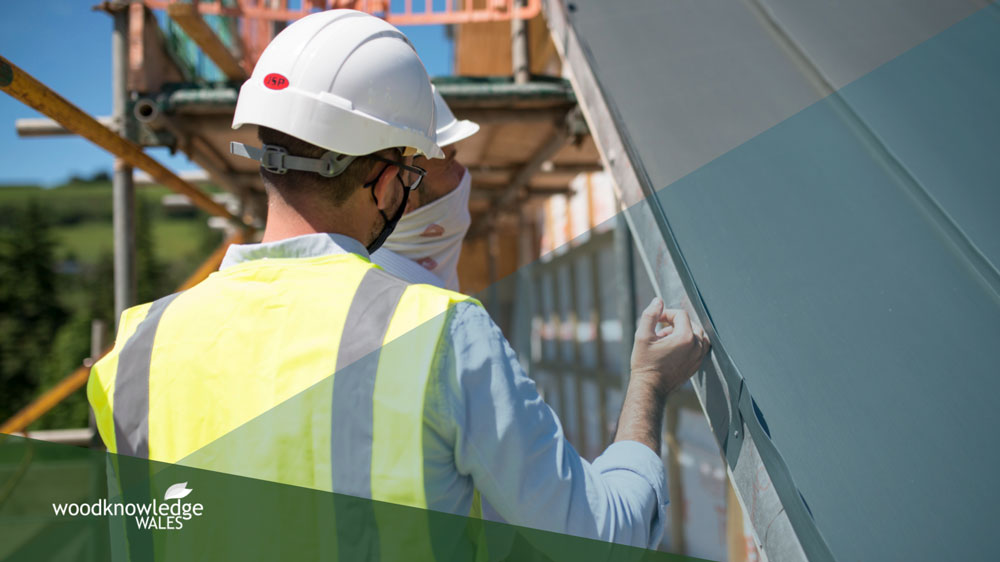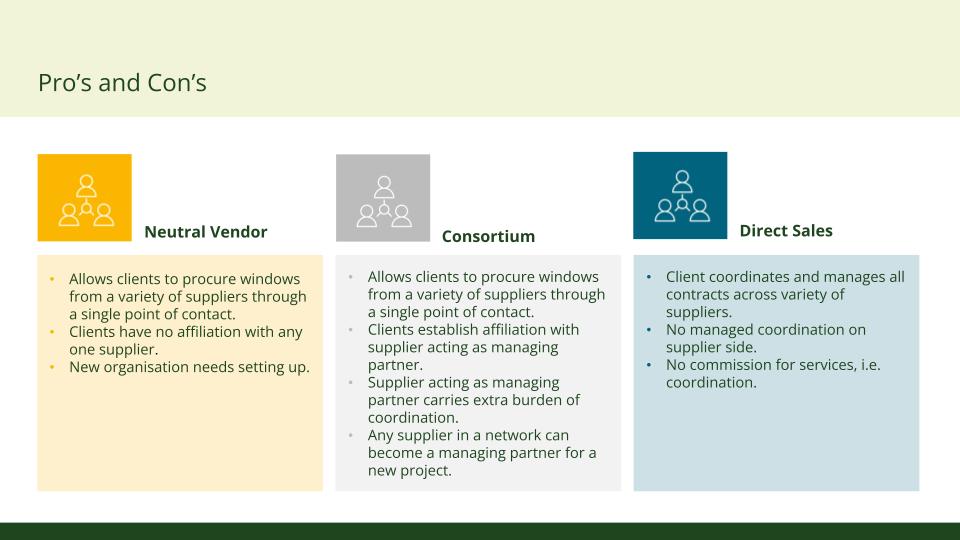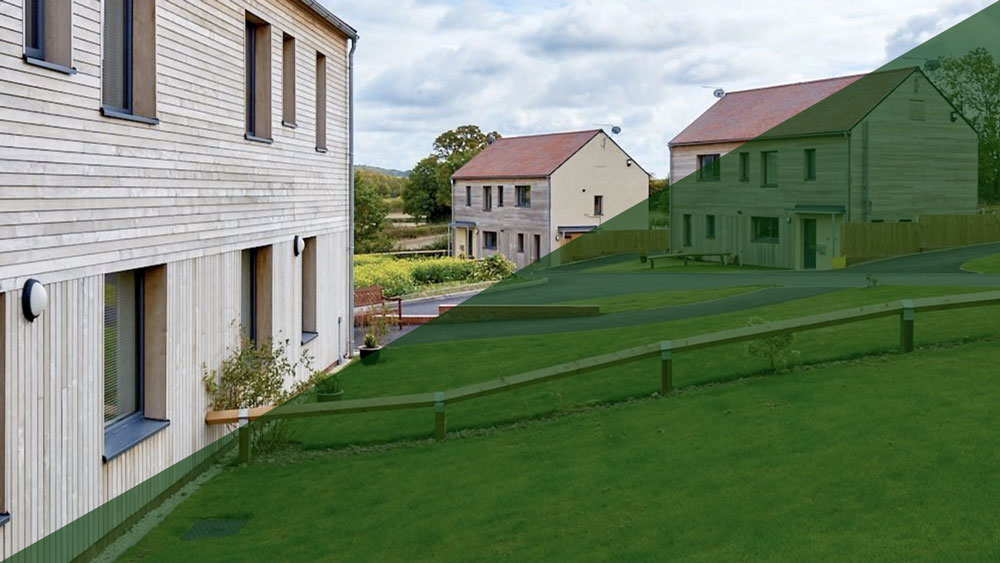April 2024
This update has been prepared by David Hedges, our Head of Housing and the Home-Grown Homes project manager.
Read previous Project Updates:

Home-Grown Homes Phase Two reaches the halfway mark
Phase Two of the Project is now halfway through its two-year term. We’re continuing to finalise case study reports on the work of our sawmills, processors and clients. These will be available on our website and used to illustrate the forthcoming consultation on Wales’ first Timber Industrial Strategy. One of these case studies focusses on a number of small sawmills which have benefitted from the collective purchase of high-quality Douglas fir sawlogs from the Welsh Government Woodland Estate at Coed y Brenin near Dolgellau. For more information contact John Sweeny.

We’re completing a report on the development of our Small Sawmillers Community of Practice (CoP) which has been going from strength to strength. The CoP has grown out of our work supporting small sawmills to access a regular supply of sawlogs and has included a series of networking events and visits. For more information on the CoP contact John Sweeny.
Reporting environmental impact
We’ve made good progress on the development of tools for helping measure and report environmental impact. We’re working with the Good Homes Alliance and Alliance for Sustainable Building Products on projects to create easy to use tools to help clients to make better choices and to lower the embodied carbon of construction projects. As part of this, we’re working with a sawmill and a manufacturer on how to report the impact of their work. We’ll have versions available over the next few months to test, so we can get feedback from users and refine the tools. For more information contact Diana Waldron.
Building performance evaluation
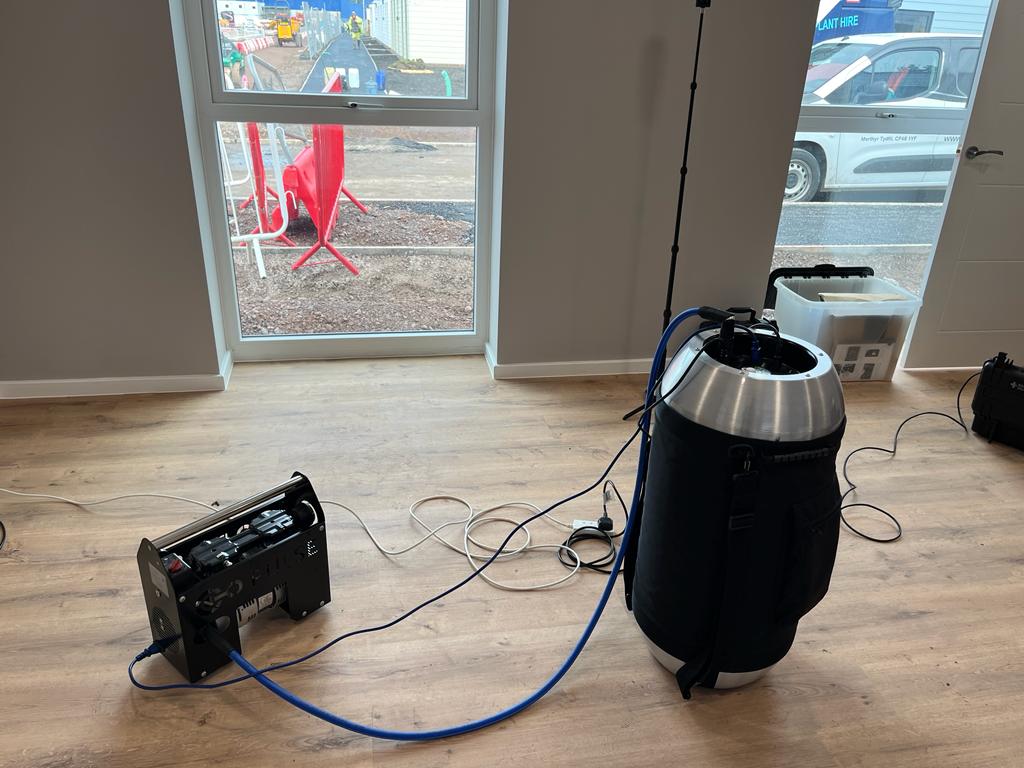
The warmer weather heralds the end of the ‘heating season’ but the last few weeks have allowed us to carry out a series of Building Performance Evaluation tests with client members in Cardiff, Newtown and Aberavon – with the help of Barcud, Mid Wales Properties, Cardiff Council, Wates, @Home, Tai Tarian and Hale Construction. We’ve been measuring a number of different properties to assess fabric performance and mechanical and ventilation systems ahead of their occupation. The thermal performance and air leakage tests will help to identify whether the finished properties are achieving the energy performance they have been designed to achieve. The analysis of the test results will take place over the next few weeks. For more information contact Diana Waldron.
Understanding home-grown timber and forestry education
We’re refining the research we’ve been doing on understanding the performance of home-grown timber in timber frame manufacturing. It has highlighted the challenges and opportunities and considers the relationship between forest management, processing and the supply of stable structural timber. For more information contact James Moxey.
We’ve completed our final report on the state of skills, education and training in the forestry and advanced timber manufacturing sectors. And our work moves on at pace with the mapping of the education networks across Wales. We’re holding stakeholder discussions on Personal Learning Accounts and short courses for both sectors and we’re planning an online event as well as a session at WoodBUILD linked to the challenge of recruiting young people. For more information contact James Moxey.
Stakeholder mapping and engagement
We’ve completed a stakeholder mapping exercise. It’s an overview of the stakeholders involved in the timber industry in Wales and consolidates knowledge from across our team of experts. Understanding stakeholder profiles, preferences and operational contexts helps foster meaningful engagement across the timber supply chain. By embracing innovation, sustainability, and stakeholder-centric approaches, the timber industry in Wales can capitalise on emerging opportunities, drive economic growth and contribute to environmental stewardship and societal well-being. For more information contact Sarah Lawton.
WoodBUILD24 is now in Swansea this July and registration is open. Sponsors and exhibitors are being signed up. Interested parties are invited to download the Sponsor and Exhibitor pack.
For sponsorship enquiries, please contact Sarah Lawton. For exhibitor enquiries, please contact Rachel Cook.




